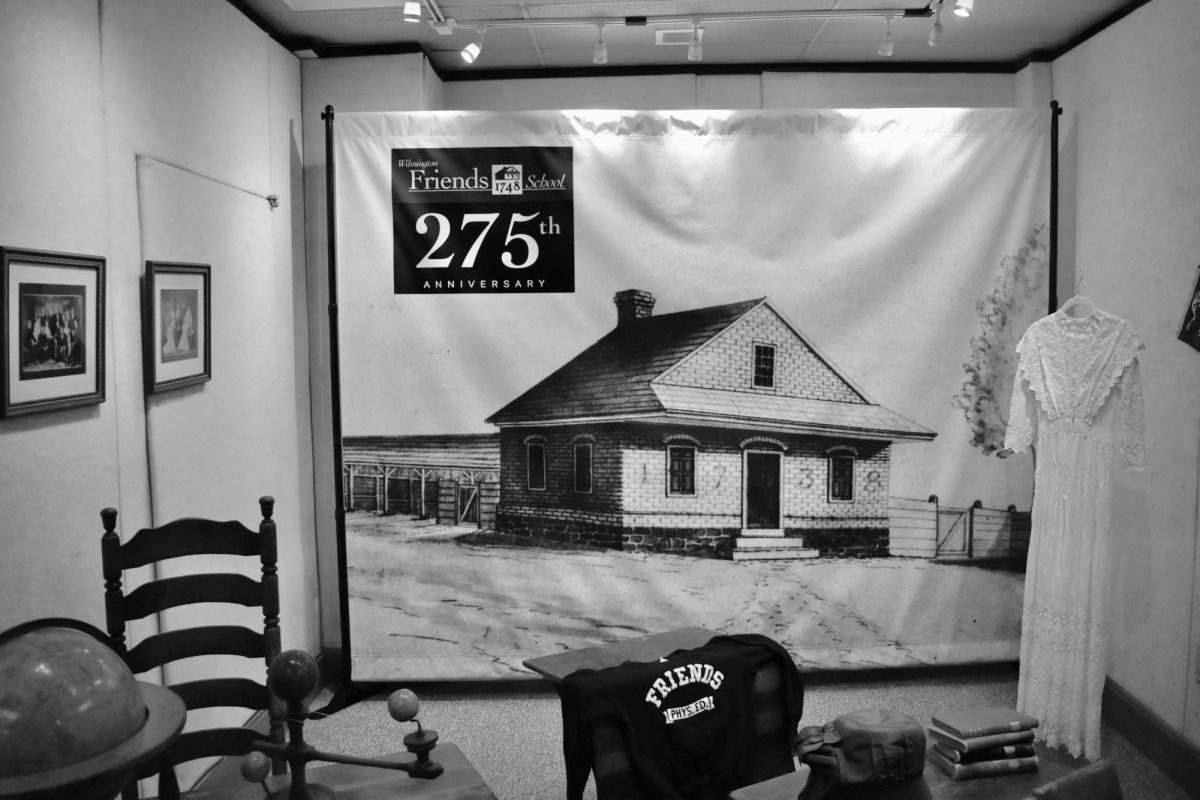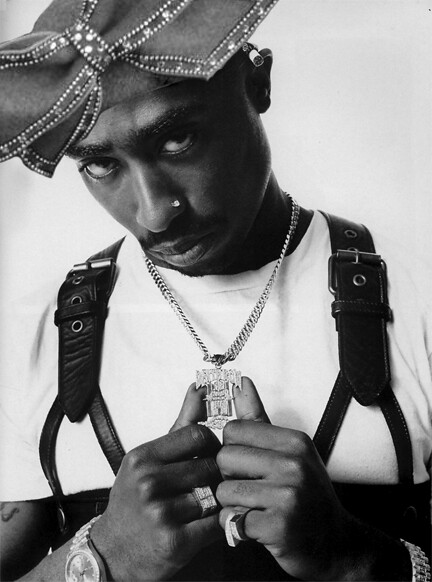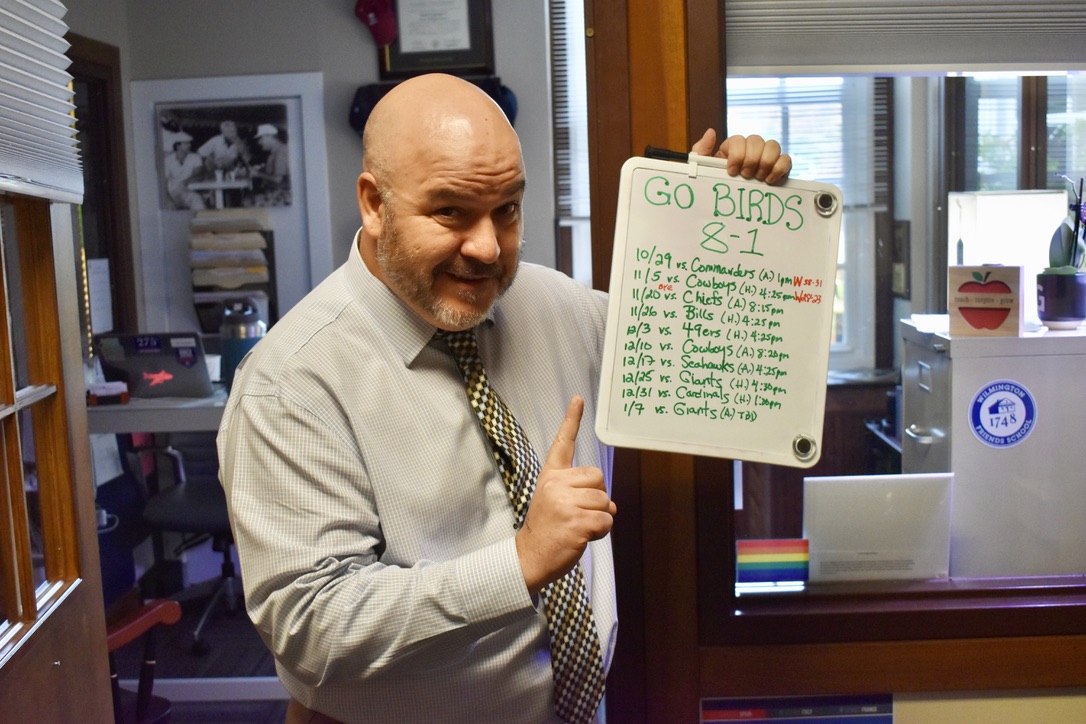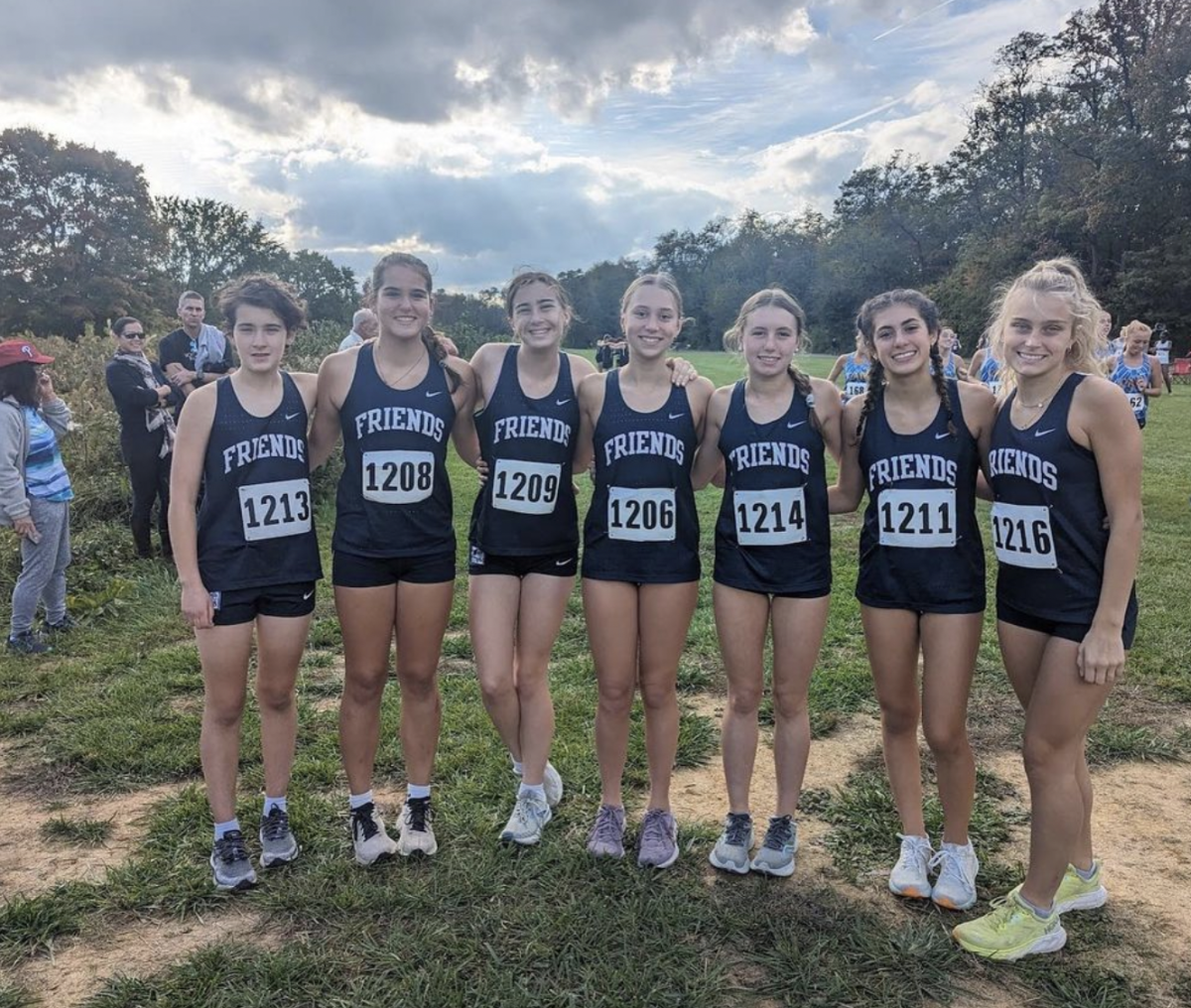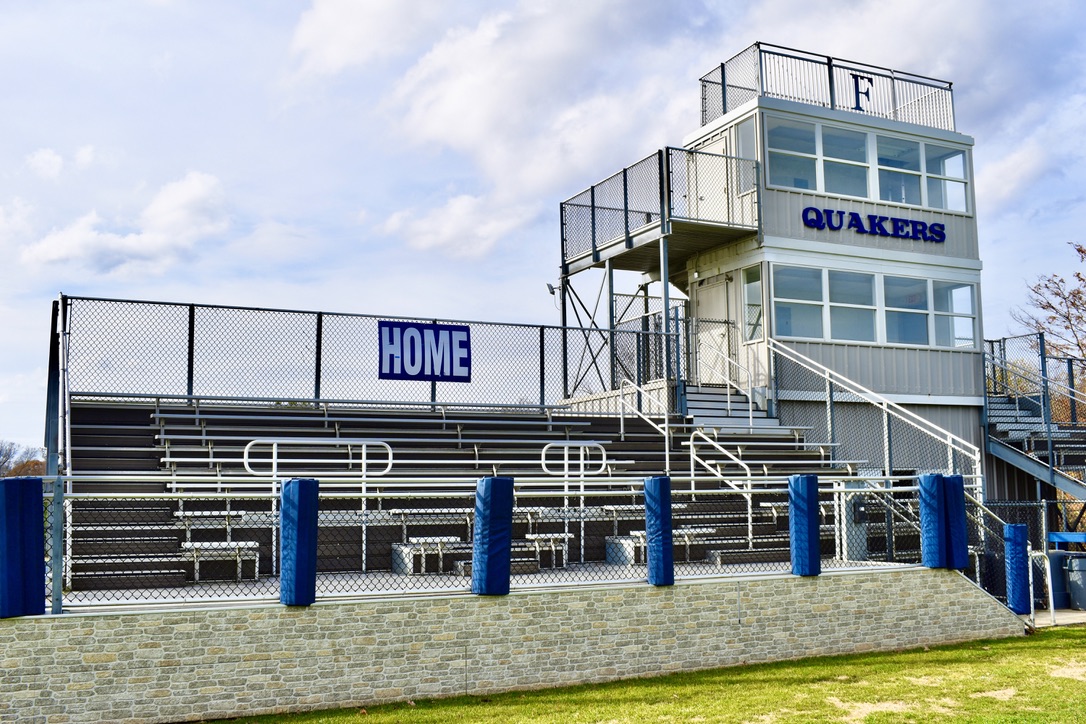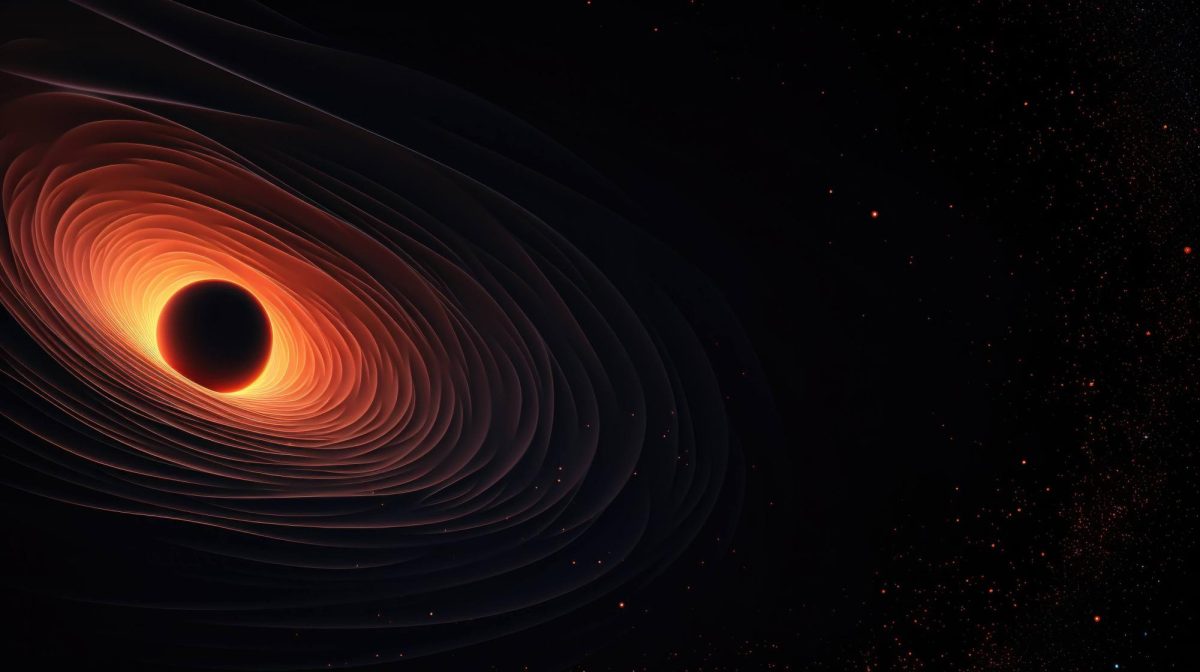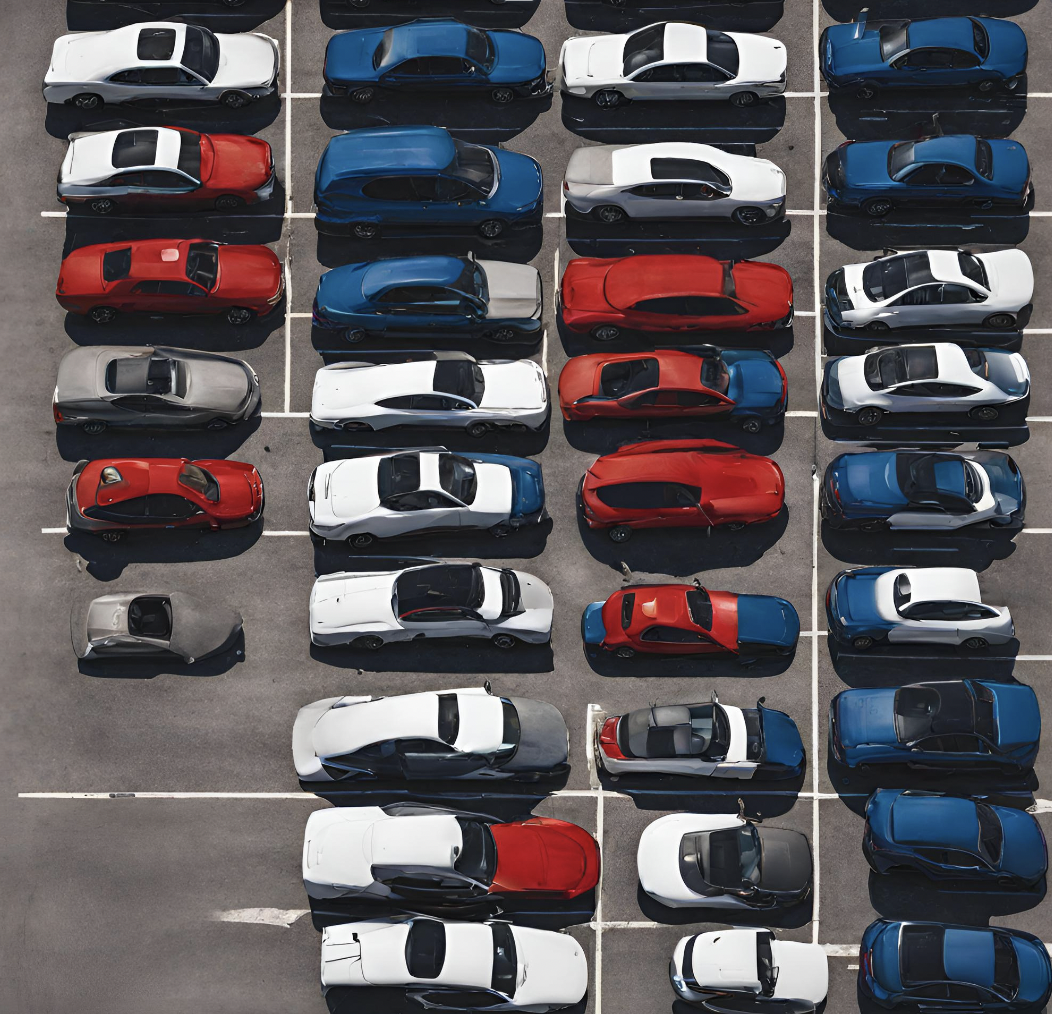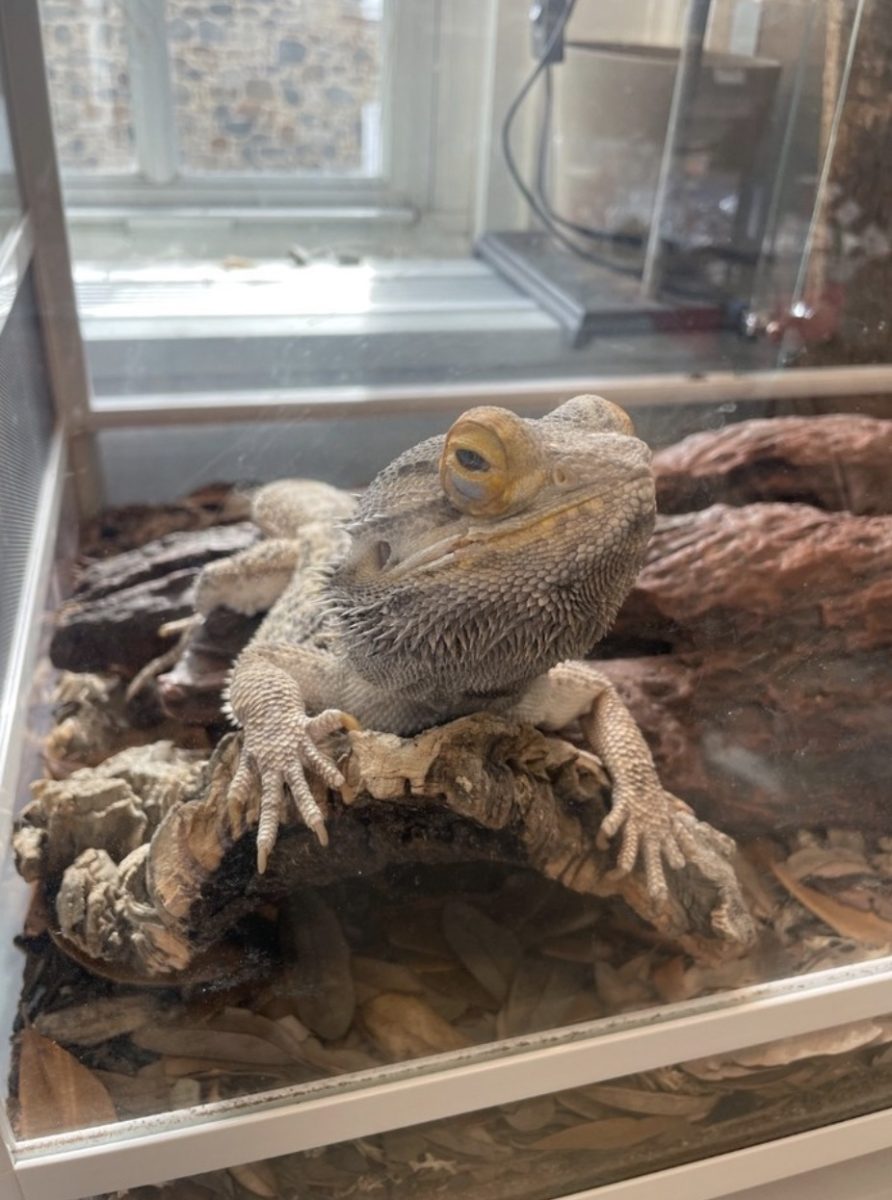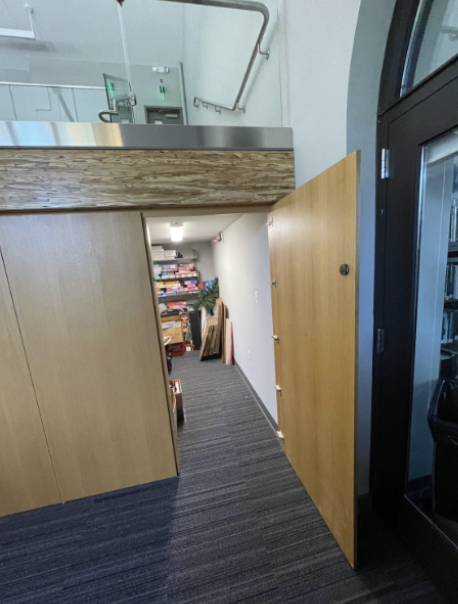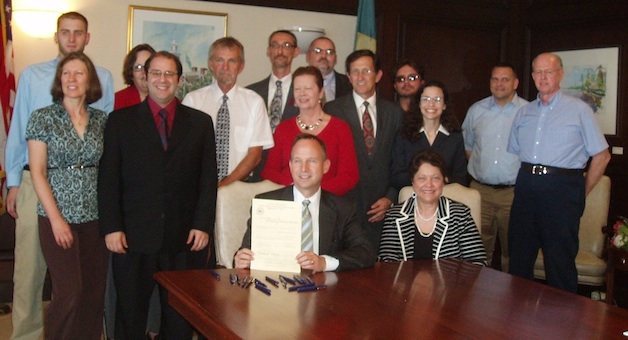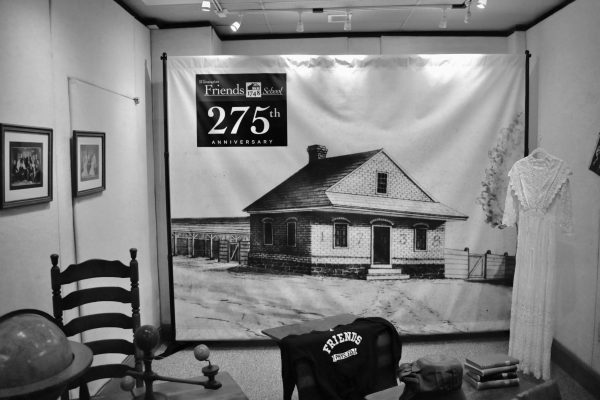Markell to Open Del. Medical Marijuana Distribution Center
Holiday 2013
Gov. Jack Markell signs Senate Bill 17.
In 2011, Delaware Governor Jack Markell signed a law committing to opening three medical marijuana distribution centers in each of the three counties of Delaware. Recently, it was announced that not three, but one medical marijuana distribution center will be opened; the county is still to be determined.
The program was put on hold to take a look at the new issues raised by the US Department of Justice and the guidance that was put forth voicing its concern that the distribution centers could be violating federal drug laws. On behalf of Governor Markell, Sean Barney, Governor Markell’s policy director, said, “The Governor, in holding back the implementation of the distribution centers, wanted to be judicious and above all wanted to make sure he would not be putting state employees at risk with opening the centers.”
The distribution center will be allowed to cultivate up to 150 marijuana plants, also known as cannabis plants, and to keep an inventory of no more than 1,500 ounces of the drug. Patients may legally posses up to six ounces of useable cannabis, if the cannabis is obtained from a state-licensed facility. Restriction of illegal usage of the medical marijuana distributed through the center will require patients to get a patient’s card. Patients that cannot document their needs through this card must have a doctor certify their need. For the patients that have a card, there are requirements that the distribution center check and the validity of the cards through a computer system to verify that the patients are truly in the program.
Research has shown the beneficial uses for marijuana in treating or alleviating the pain, nausea, and other symptoms associated with a variety of enervating diseases. Medical marijuana is widely accepted as a beneficial pain reliever in the US. It has been recommended to at least 35,000 patients by thousands of licensed physicians in states with medical marijuana laws. The medical conditions that may qualify for the usage of medical marijuana as a pain reliever include cancer, HIV/AIDS, amyotrophic lateral sclerosis, Alzheimer’s disease, posttraumatic stress disorder, Cachexia, chronic pain, severe nausea, seizures, severe and persistent muscle spasms, and multiple sclerosis. All of these conditions treated with the therapeutic value of medical marijuana are illnesses that fail to respond to conventional treatments.
Barney, when asked about the main benefits that he sees from the implementation of the medical marijuana law and distribution center said, “The main benefit is that the distribution center should provide patients with safe and regulated access to the medicinal marijuana where there is the legitimate need for it. In the absence [of a legitimate center] patients would be forced to turn to the black market to meet their needs, which is not safe for them, and not desirable in the sense that we don’t want to encourage them to obtain it in that way.”
The opening of one center instead of three is a controversial topic. By only having one center open, people are worried that it is not going to be accessible for people who do not live in the yet to be determined county. Besides limited accessibility, there are also complaints that the amount of medical marijuana given out will not be adequate enough for the patients. Robert J. Capecchi, the Deputy Director of state policies for the Marijuana Advocacy Group says, “Failing to allow for an adequate supply will cause qualifying patients to continue to either have to frequent the criminal market or suffer without a medicine that can improve their quality of life. It would also seriously compromise the financial sustainability of successful compassion center applicants.”
The decision to open only one medical marijuana distribution center was from a fairly judicial standpoint. Barney said, “We were looking to be responsive to federal concerns as stated in the guidance that the federal government put forth. The government has continued to express concerns about the potential of state programs to encourage black market distribution that would affect various federal law priorities.” Barney argues that having only one open medical marijuana distribution center in the state will not be an access problem for the patients who need it. He believes that the laws put in place to limit the amount of marijuana held in one center will be a good amount in order to meet the needs of the people of the state. “If we take a judicious approach going forward, the demand is unlikely to outstrip the supply that can be provided by a single distribution center, and we are not entirely sure if we will ever outstrip that. We don’t anticipate that being a problem, and we would have to cross that bridge when we get to it.”

